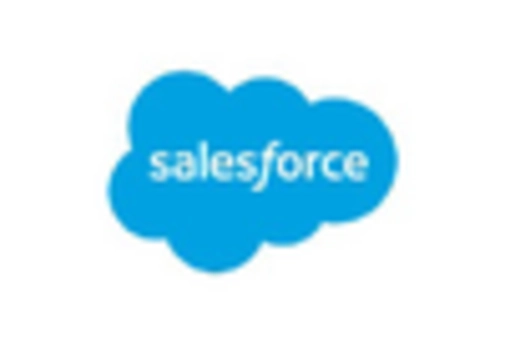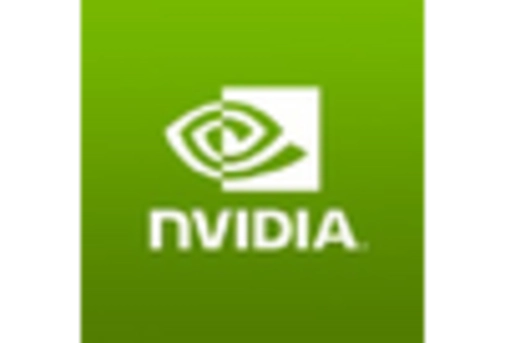The US Grid Computing Market has experienced dynamic growth, propelled by the increasing demand for high-performance computing and efficient resource management. Businesses across various sectors are migrating towards grid computing solutions to enhance their operational efficiency and to leverage distributed computing capabilities. This market is characterized by intense competition among key players who are continuously innovating and expanding their product offerings. Companies are increasingly focusing on developing technologies that support command and control for large-scale data processing, driving advancements in cloud computing, virtualization, and data analytics.
As these companies seek to capture larger market shares, competitive insights reveal that they are not only investing in product development but also in strategic partnerships, acquisitions, and marketing strategies to strengthen their positions in this evolving landscape. VMware has established itself as a significant player in the US Grid Computing Market, leveraging its robust virtualization technology to create flexible and scalable grid systems. The company's strengths lie in its extensive industry experience and deep expertise in software-defined data centers, which facilitate optimized resource allocation across various applications.
VMware’s innovative products provide seamless integration with existing infrastructure, making it easier for organizations to enhance their computing capabilities without incurring substantial costs. Its strong brand reputation and commitment to customer satisfaction further solidify its position in the US market. This reputation, coupled with a wide range of training and support services, has enabled VMware to build a loyal customer base, making it a formidable competitor in the grid computing sector.Dell Technologies has carved a significant niche within the US Grid Computing Market by offering a diverse portfolio of products and services tailored to meet the needs of various industries.
With a focus on high-performance computing solutions, Dell Technologies provides cutting-edge infrastructure that supports grid computing applications, making it an attractive choice for businesses looking to optimize their operations. The company’s strengths include its robust partner ecosystem and its capability to deliver highly configurable systems that cater to unique customer requirements. Mergers and acquisitions have played a critical role in Dell’s strategy, allowing it to integrate advanced technologies and enhance its service offerings in the grid computing space.
Key products such as integrated solutions for data storage, networking, and cloud services exemplify the company's commitment to innovation and ensure that clients receive comprehensive solutions tailored for performance and efficiency in the US market.






















Leave a Comment